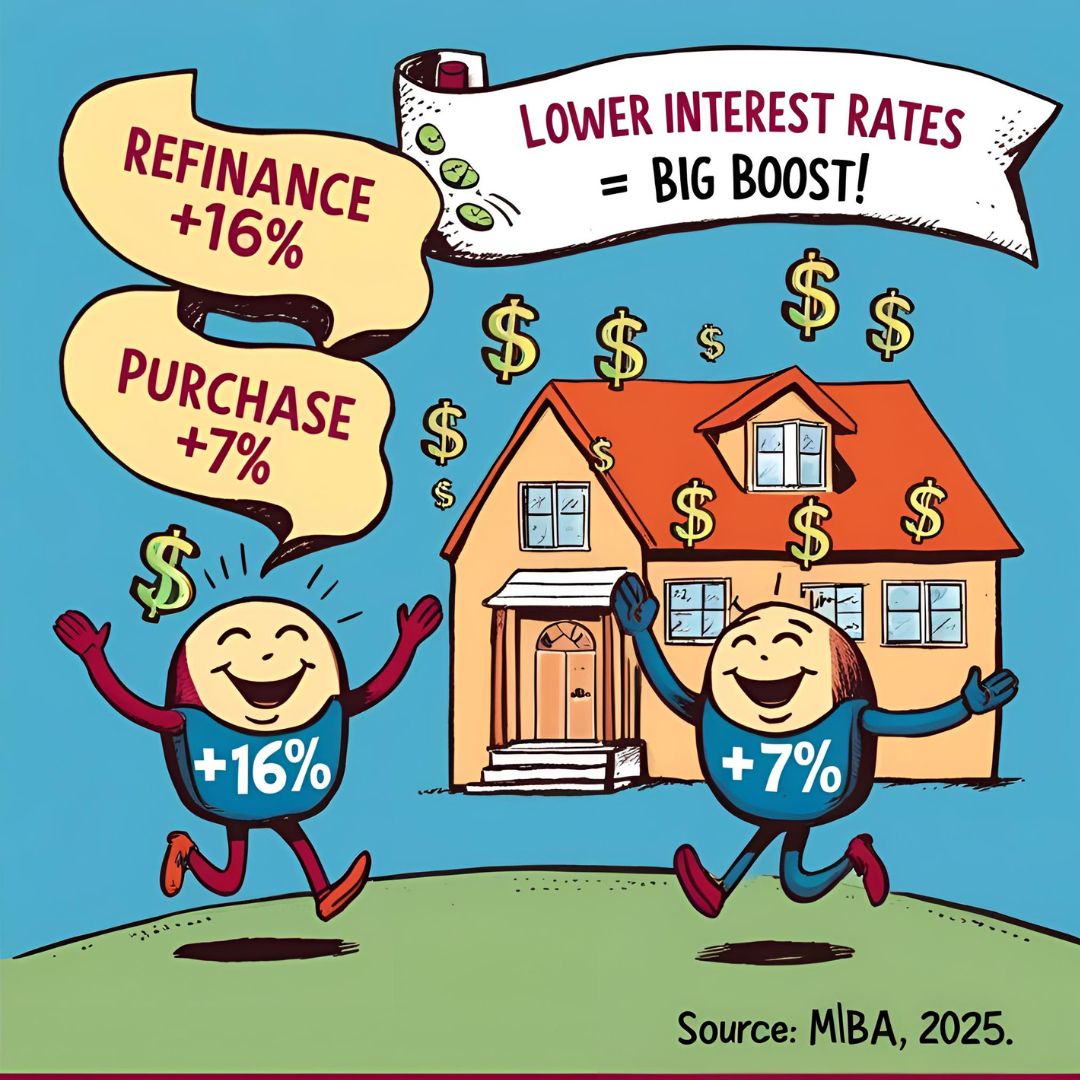
Why a Pre-Settlement Walkthrough in Florida Can Save You Thousands
Buying a home is one of the most significant financial decisions you’ll ever make. In Florida’s competitive mortgage loan market, ensuring that your investment is protected is crucial. One essential step in this process is the pre-settlement walkthrough—a final inspection of the property before closing. This walkthrough helps buyers confirm that the home is in the agreed-upon condition, ensuring there are no last-minute surprises.

What Is a Pre-Settlement Walkthrough?
A pre-settlement walkthrough is a buyer’s last opportunity to inspect the property before finalizing the purchase. It typically occurs 24 to 48 hours before closing and allows buyers to verify that:
- The home is in the same condition as when they agreed to purchase it.
- Any agreed-upon repairs have been completed.
- Fixtures and appliances included in the sale are still present.
- No new damages have occurred since the last inspection.

Why Is It Important?
Skipping a pre-settlement walkthrough can lead to unexpected issues that may be costly to fix after closing. Here are some key reasons why this step is essential:
1. Identifying Last-Minute Issues
Between signing the contract and closing, several weeks may pass. During this time, unforeseen problems can arise, such as:
- Water damage from leaks or storms.
- Electrical or plumbing failures due to aging systems.
- Pest infestations that were not present during previous inspections.
According to a study by the National Association of Realtors (NAR), 30% of homebuyers encounter unexpected issues after moving in, many of which could have been identified during a walkthrough.
2. Ensuring Repairs Are Completed
If the seller agreed to make repairs, the walkthrough is the time to verify that they were completed properly. A report from HomeAdvisor states that the average cost of home repairs in Florida ranges from $500 to $5,000, depending on the severity of the issue. Catching incomplete repairs before closing can save buyers from unexpected expenses.
3. Confirming Inclusions
Buyers should ensure that all agreed-upon fixtures, appliances, and other items remain in the home. Common disputes include missing:
- Kitchen appliances
- Light fixtures
- Built-in shelving
A survey by Zillow found that 22% of homebuyers reported missing items after moving in. A walkthrough helps prevent such disputes.

How to Conduct a Thorough Walkthrough
To maximize the effectiveness of your walkthrough, follow these steps:
1. Bring a Checklist
Having a checklist ensures that you don’t overlook important details. Key items to inspect include:
- Walls, ceilings, and floors for damage
- Plumbing (run faucets, flush toilets)
- Electrical systems (test lights, outlets)
- HVAC system (check heating and cooling)
- Appliances (test functionality)
- Doors and windows (ensure they open and close properly)
2. Document Any Issues
Take photos or videos of any concerns and notify your real estate agent immediately. If necessary, request that the seller address the problems before closing.
3. Test Everything
Turn on lights, run water, check heating and cooling systems, and ensure all appliances work. This step prevents post-move-in surprises.
What If You Find Problems?
If issues arise during the walkthrough, buyers have several options:
- Request repairs before closing.
- Negotiate a credit to cover repair costs.
- Delay closing until the issues are resolved.
According to Florida Realtors, 15% of home sales experience delays due to last-minute issues found during walkthroughs. Addressing concerns early helps avoid complications.
Conclusion
A pre-settlement walkthrough is a crucial step in the home-buying process, ensuring that buyers receive the property in the expected condition. By taking the time to inspect the home thoroughly, buyers can avoid costly surprises and protect their investment. In Florida’s dynamic mortgage market, being proactive can make all the difference.
References:
Read More
Leave Your Information Now!
Want personalized assistance? Visit our 'Contact Us' tab and leave your information with one of our experts.


Location
United States
Contact Info
- 14750 NW 77th Ct Suite 204, Miami Lakes, FL 33016
- 3150 SW 145th Ave, Miramar, FL 33027
- (786) 505-5105
- Fax: (754) 225-1011
- Team@LamasLoans.com
We do not share data with third parties for marketing/promotional purposes.
By submitting your phone number to Lamas Loans, you are authorizing a representative of our company to send you text messages and notifications. Message frequency may vary. Message/data rates apply. Reply STOP to unsubscribe to a message sent from us, and HELP to receive help.
Copyright © 2024 LAMAS LOANS | NMLS # 1517696 | An Equal Housing Lender






















